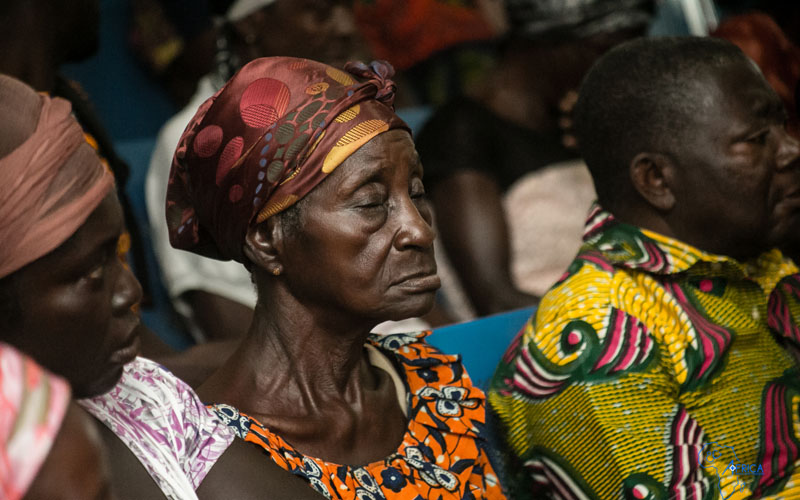Ghana Poverty Reduction Strategy
Project
Project

Since independence, efforts at national and community development have been aimed at reducing poverty and promoting growth (Ghana Government, 1995; Nikoi, 1998). In recent times, questions of equity and women’s empowerment have engaged development planers and policy makers with the increasing realisation that blanket policies do not necessarily achieve blanket results. Activism and advocacy, championed by women’s organising locally and supported by global initiatives, have helped put gender concerns in development on a high pedestal, although the impact is still in question. More and more women are becoming the victims rather than beneficiaries of development and poverty reduction plans. The intensification of poverty among vulnerable groups hits women the most as shoddy attempts at poverty reduction yield gendered results. It is in view of this situation, often referred to as the feminisation of poverty, that calls have been made for the mainstreaming of gender in Ghana’s poverty reduction efforts (Derbyshire, 1999; Offei-Aboagye, 1999).
This examination of efforts in Ghana to reduce poverty and promote growth since the 1990s seeks to unveil the attempts at mainstreaming gender issues in the processes. The analysis is focused the Ghana Poverty Reduction Strategy (GPRS)—on the ways that it positions or not, and responds to or not, gender concerns in national development planning.
Gender and Poverty in Ghana
It is almost impossible to initiate development in Ghana or elsewhere in the Third World without factoring in gender concerns. For, more and more, the gendered impact of programmes and projects that purport to enhance livelihoods and well-being at the individual, household, community and national levels are evident (Ghana Government 1995, 2003; Nikoi, 1998). The increasing realisation of the differing effects, often negative, of gender-blind planning has sparked off moves to evoke differential treatment in planning for growth and development.
Growth and poverty 1990s: At the beginning of the 1990s, Ghana was faced with the mixed reality of boom and doom (Apusigah, 2002). It was a period of relative success as the near decade-old economic recovery and structural adjustment programming had yielded significant improvement in the economic sector. The rapidly economic decline of the late 1970s through the early 1980s was halted, and gains were made in the area of gross domestic product growth rates, inflation rate reduction and export trade enhancement. Celebrating this so-called success, the government reported in 1995 that:
The economic recovery program (ERP), inaugurated in 1983, succeeded in reversing the previous decline in the economy. Since then, GDP has grown at an average rate of nearly 5 percent per annum (pa)…. Inflation rose to 123 percent in 1983 but was gradually reduced to 10 percent in 1992 (Ghana Government, p.v).
In addition to these growth indicators was the marked improvement in infrastructure development. The rehabilitation of major road networks, key industries and social services such as schools and hospitals meant improved access to such services. Yet, these developments were with costs.
Source http://www.isiswomen.org